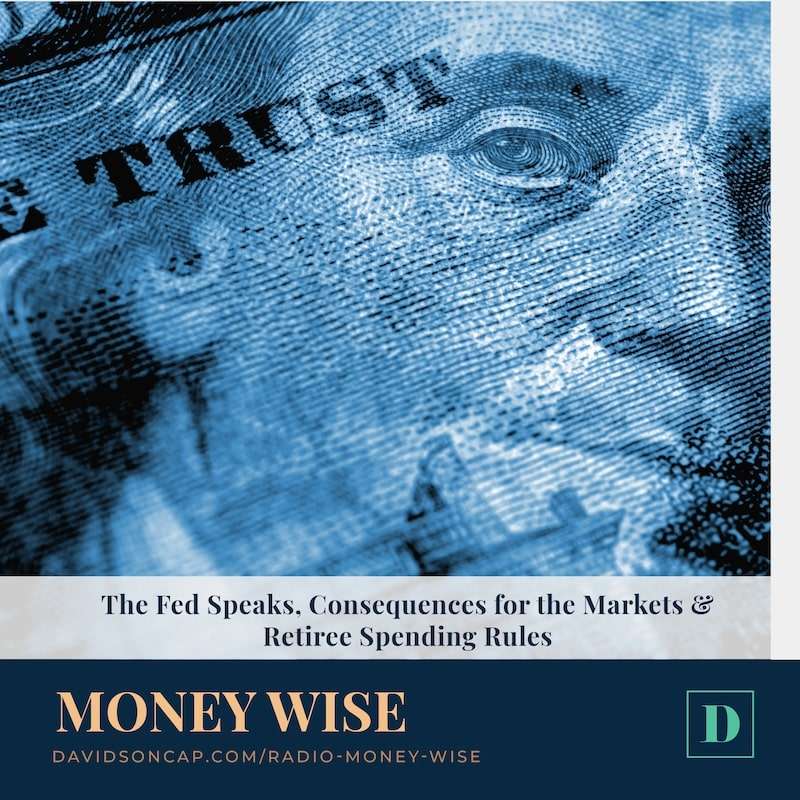You Likely Won’t Find Success with a ‘Set and Forget’ Approach to Investing
We’ve written previously about the importance of regularly rebalancing your portfolio and the dangers of getting complacent with your investments. You can have the best, most thoughtful strategy in place but if you take a “set and forget” approach then you’re likely to end up with a portfolio that no longer serves your needs as your life and the world around you evolve. Think about it – the market is in constant motion and if you and your portfolio aren’t rolling with the punches, things can get thrown out of whack quickly.
Over the last 34 years of being in business, we have identified a growing trend within large, well-known, and well-marketed investment management firms; this trend is an increasing level of complacency within investment portfolios. Large investment firms are relying more and more on computer-generated asset allocation models to allow their sales force to focus their attention on client acquisition and not active asset management. Unfortunately, computer-generated asset allocation models aren’t designed to adjust in real-time market conditions but instead adjust as you achieve a pre-prescribed age, or your risk tolerance is modified.
If you want to make sure you always maintain a portfolio that isn’t too heavily weighted in any direction and that adequately reflects your risk capacity, use the tips below to reset your investments for the New Year and beyond.
Why Rebalancing Matters
We talk to too many new clients who haven’t been checking their portfolios regularly, and their previous advisors were not taking steps to rebalance. It might not seem like a big deal, but here’s the thing: your portfolio’s risk level can change even if you haven’t made any changes to your investments. How you may ask? Well, your portfolio can begin to drift away from your target asset allocation mix over time, favoring better-performing assets that can also carry more risk. Suddenly, you might find yourself overweighted in stocks, for example, and exposed to more risk than you intended.
Do you need to check your portfolio and rebalance it every month? No, probably not. However, you should check in at least annually and determine whether rebalancing is necessary.
SEE ALSO: 6 Benefits of Working with a Registered Investment Advisor
Main Considerations for Rebalancing Your Investment Portfolio
The most basic way to think about your portfolio is in terms of risk and return. Ask yourself whether your allocation has you on track to meet the risk and return objectives you’ve set. Maybe you want to maintain a portfolio of 70% stocks and 30% bonds, but you notice you’ve drifted into more than 75% stocks when you do your annual portfolio review. If your goals haven’t changed, now would be the time to make adjustments to get you back to 70/30 (a common portfolio construction strategy). If you have new goals and new targets, assess them and determine whether you need to be more or less conservative going forward.
Rebalancing Strategies
So, there are the “set and forget” investors on one side of the spectrum and then there are those who are rebalancing overly frequently on the other end. You need to strike the right balance with frequency because if you’re rebalancing too often then you might start to see lower returns or end up with more tax liability than you planned.
Here are three strategies you can take to find the middle ground:
Time
You might choose to rebalance your portfolio on a set schedule. This should not be daily or weekly, or even monthly. Set your timeline for quarterly or annually and stick to your schedule.
Threshold
We gave an example above about how your 70/30 portfolio might begin to drift and become overweighted in one area. So, you might choose to rebalance only when your asset allocation has drifted by a predetermined percentage of your choosing (say, 5%, for example).
Combination
You could choose to blend the time and threshold strategies to further ensure you’re always maintaining a balanced portfolio that serves your goals.
SEE ALSO: Do You Know Your Investor Personality Type?
Don’t Forget About Transaction Fees and Taxes
When you rebalance, you’ll want to consider some best practices as far as tax efficiency goes:
- Rebalance within tax-advantaged accounts. When you sell investments from a taxable account that has increased in value, you’ll likely owe capital gains taxes. Tax-advantaged accounts such as an IRA do not pay capital gains taxes.
- Utilize portfolio cash flows. You can direct things like dividends and interest into your under-weighted asset classes.
- Manage your emotions. It’s a dream scenario to buy low and sell high, but don’t try to time the market. Remember that the main purpose of rebalancing is to manage your risk, so don’t get overly focused on maximizing returns.
- Use realized losses in taxable accounts. When you rebalance taxable accounts use realized losses to offset realized gains to help lower your capital gains taxes.
Do You Have a Portfolio Rebalancing Strategy in Place?
The markets are always in motion, and your portfolio will see ups and down. However, by maintaining a fixed rebalancing strategy that you commit to, you can maintain the proper risk for your unique needs and goals. If you’d like a professional partner to help you optimize your portfolio through an actively managed strategy with a proven 33-year track record, we can help! At Davidson Capital Management, we are a Registered Investment Advisor (RIA) serving the State of Texas and beyond since 1989. We help our clients invest with confidence and purpose through all phases of life. Schedule a conversation with us today to learn more.




